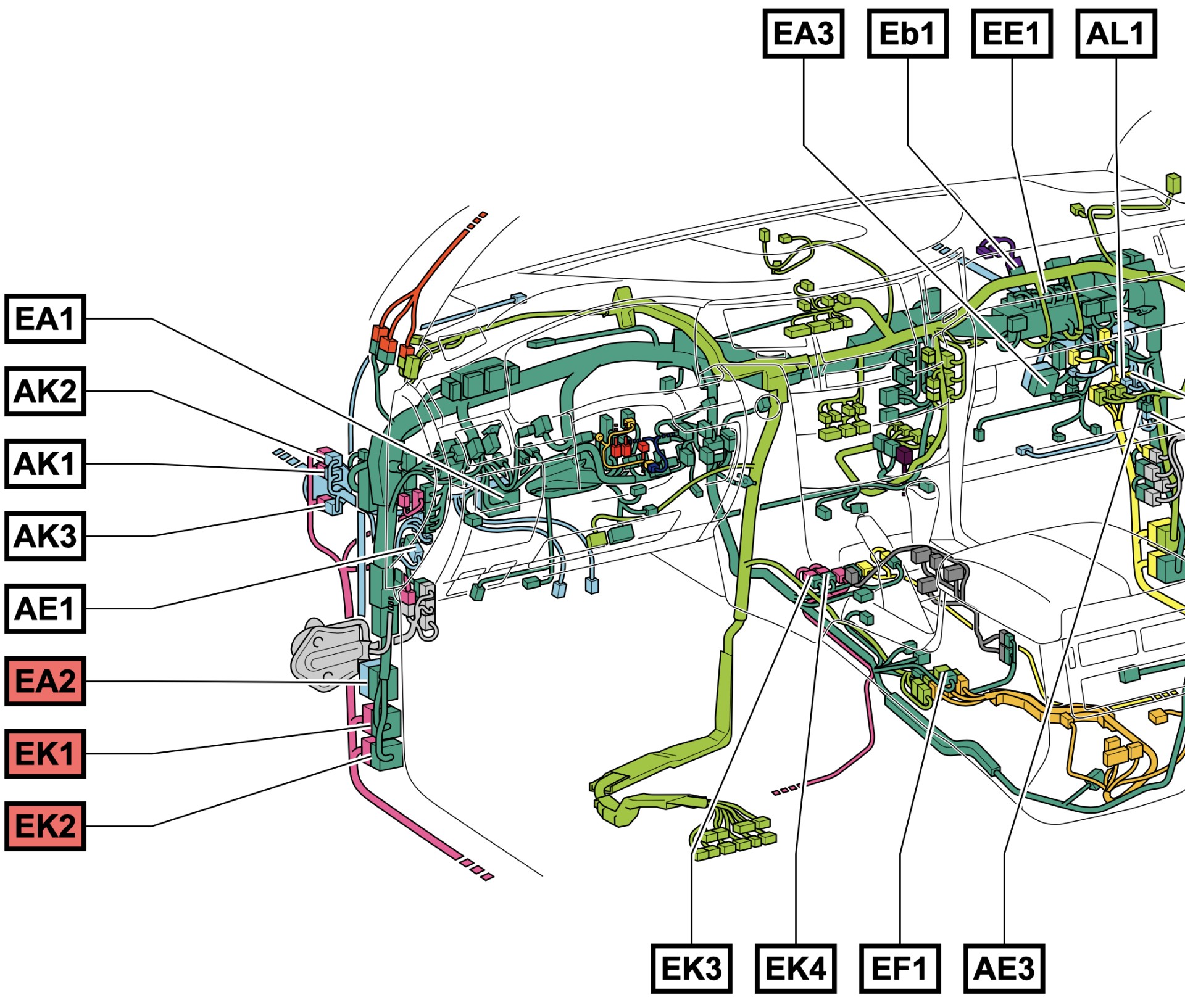A Toyota displaying the B2799 diagnostic trouble code (DTC) indicates a malfunction within the immobilizer system. This crucial security feature prevents unauthorized vehicle operation, and a fault can lead to starting issues. This article explores potential causes of the B2799 code, troubleshooting steps, and possible solutions.
Understanding the Immobilizer System and B2799 Code
The immobilizer system uses a transponder chip embedded in the vehicle’s key to communicate with the engine control unit (ECU). If the ECU doesn’t recognize the unique code transmitted by the key, it prevents the engine from starting. The B2799 code specifically signifies a problem within this communication pathway.
Common Causes of Toyota Code B2799
Several factors can trigger the B2799 code in Toyota vehicles:
- Weak Key Fob Battery: A low battery in the key fob can weaken the signal sent to the ECU, leading to a communication breakdown.
- Faulty Key Fob Transponder: Damage or malfunction of the transponder chip within the key fob can prevent the immobilizer system from recognizing the key.
- Wiring Issues: Damaged or corroded wiring between the key antenna, immobilizer control unit, and the ECU can disrupt communication. Water intrusion, a common problem in some Toyota models, can cause corrosion and short circuits in these critical connections.
- Defective Immobilizer Control Unit: A malfunctioning immobilizer control unit can prevent proper communication with the key fob and the ECU.
- Malfunctioning ECU: In rare cases, a faulty ECU can be the root cause of the B2799 code.
Troubleshooting Toyota Code B2799
Diagnosing the B2799 code requires a systematic approach:
-
Check the Key Fob Battery: The simplest solution is often the most overlooked. Replacing the key fob battery is a quick and inexpensive first step.
-
Inspect and Dry Electrical Connections: Carefully examine the wiring and connectors associated with the immobilizer system, particularly around the steering column, key antenna, and ECU. Look for signs of damage, corrosion, or water intrusion. Disconnect the battery before inspecting. If water is present, thoroughly dry the affected areas. Junction boxes labeled EA2, EK1, EK2 on the driver’s side and FL1, EL1 on the passenger side are common areas for water accumulation.
-
Clean Terminals: If corrosion is found, clean the terminals with electrical contact cleaner and apply dielectric grease to prevent future corrosion.
-
Use a Diagnostic Scanner: A professional-grade diagnostic scanner, such as Techstream for Toyota vehicles, can provide more specific information about the fault and help pinpoint the problem area.
-
Consult a Professional Technician: If the problem persists after these initial steps, it’s recommended to consult a qualified Toyota technician. They have the expertise and specialized tools to diagnose and repair complex electrical issues within the immobilizer system.
Resolving the B2799 Code
The solution to the B2799 code depends on the underlying cause:
- Replace the Key Fob Battery: If a weak battery is the culprit, replacing it should resolve the issue.
- Replace or Reprogram the Key Fob: A damaged transponder may require key fob replacement or reprogramming.
- Repair or Replace Wiring: Damaged wiring needs to be repaired or replaced. Addressing water leaks, such as clogged sunroof drains, is crucial to prevent recurrence.
- Replace the Immobilizer Control Unit or ECU: If these components are faulty, they will need to be replaced by a qualified technician.
Conclusion
The B2799 code in a Toyota indicates a problem with the immobilizer system, which can prevent the vehicle from starting. By systematically troubleshooting the possible causes, from a simple key fob battery replacement to more complex electrical repairs, you can effectively resolve the issue and restore your vehicle’s functionality. If the problem persists, seeking professional help is always recommended.

